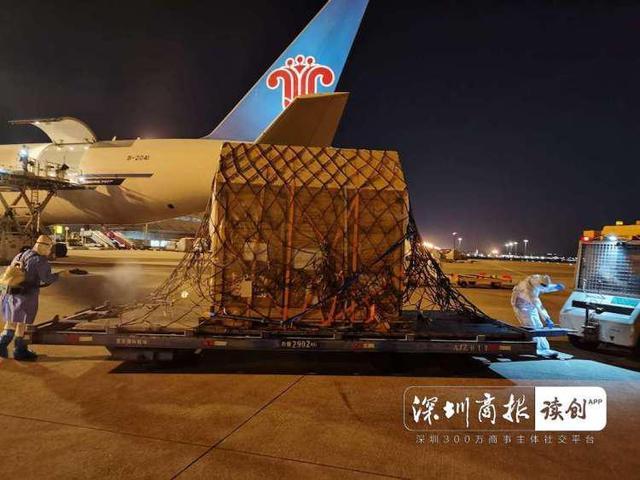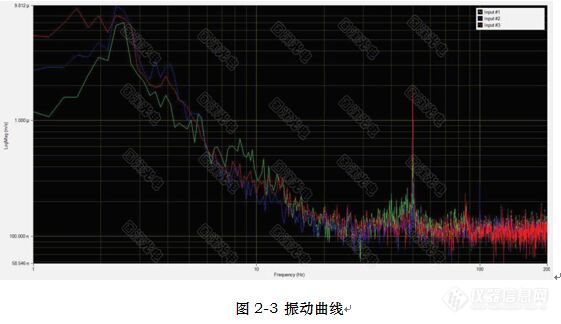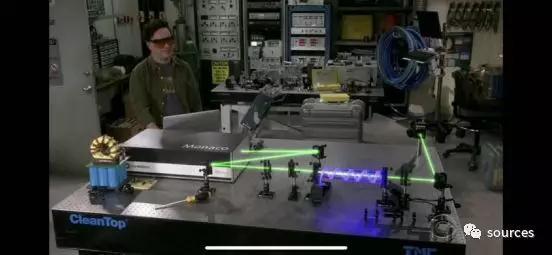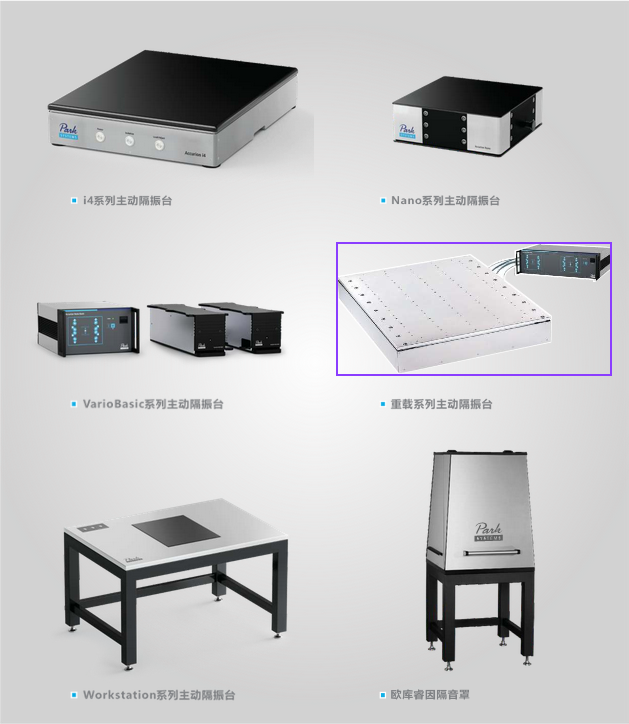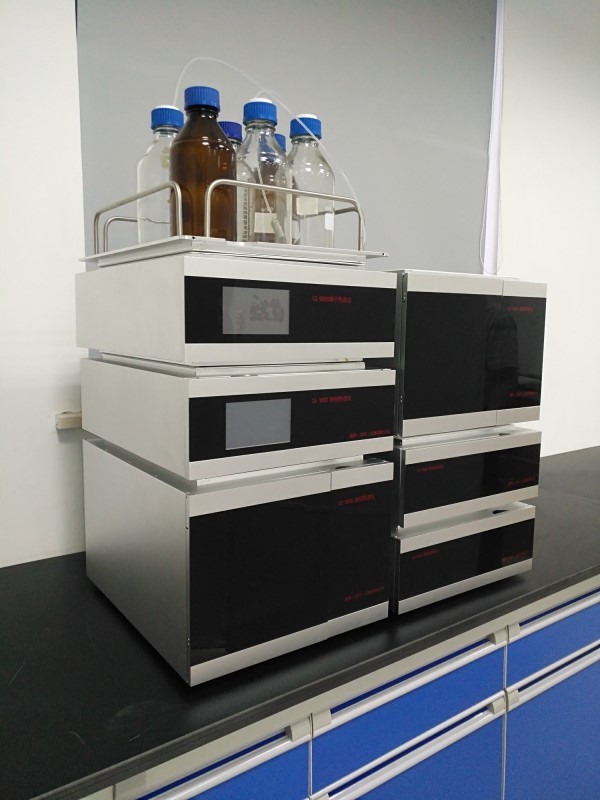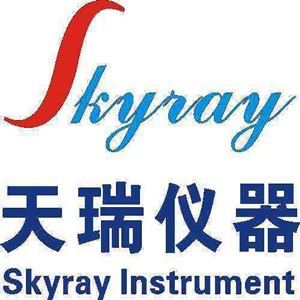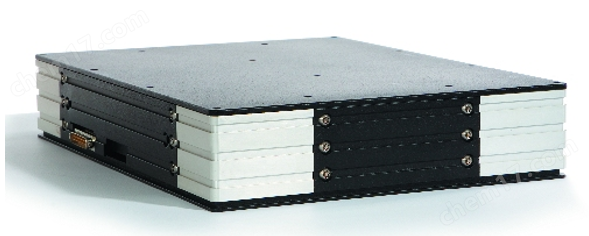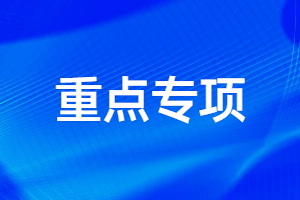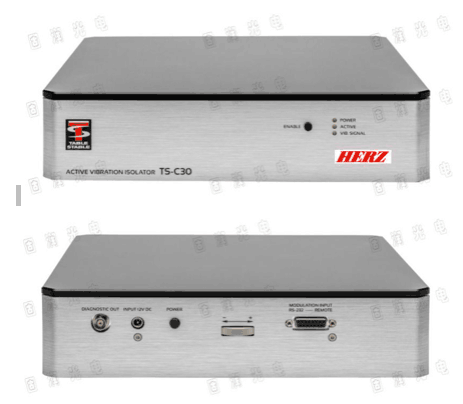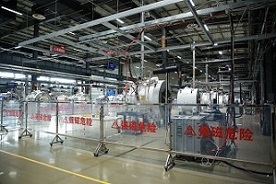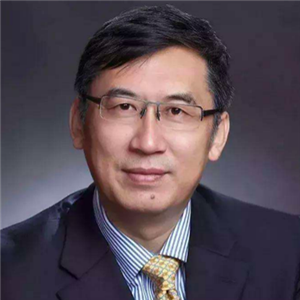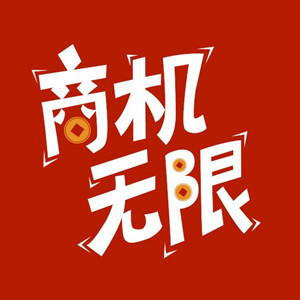张亭栋、王振义、卢柯、彭实戈获2020未来科学大奖
p 9月6日上午,2020未来科学大奖获奖名单揭晓。 /p p strong 张亭栋、王振义 /strong 获得“生命科学奖” strong 卢柯 /strong 获得“物质科学奖” strong 彭实戈 /strong 获得数学与计算机科学奖。 /p p 每个奖项的单项奖金约700万元人民币。 /p p style=" text-align: center " span style=" color: rgb(255, 0, 0) " strong 2020年“生命科学奖”获得者 /strong /span /p p span style=" color: rgb(255, 0, 0) " strong /strong /span /p p style=" text-align: center" img style=" max-width:100% max-height:100% " src=" https://img1.17img.cn/17img/images/202009/uepic/aedb993a-7374-4d25-8cfc-6d4660ec36c2.jpg" title=" 1.png" alt=" 1.png" / /p p strong 获奖评语:表彰他们发现三氧化二砷和全反式维甲酸对急性早幼粒细胞白血病的治疗作用。 /strong /p p 癌症仍然是人类健康的一个主要威胁。在人类探索癌症治疗的过程中,张亭栋和王振义对治愈急性早幼粒细胞白血病(APL)做出了决定性的贡献。 /p p APL曾经是最凶险和致命的白血病之一,张亭栋和王振义的工作使APL治愈率达到90%。几千年来,三氧化二砷(ATO,俗称砒霜)曾被试用于多种不同的疾病,但其疗效一直没有得到可靠的、可重复的和公认的结论。 /p p 20世纪70年代,张亭栋及其同事的研究首次明确ATO可以治疗APL。20世纪80年代,王振义和同事们首次在病人体内证明全反式维甲酸(ATRA)对APL有显著的治疗作用。 /p p 张亭栋和王振义的工作在国际上得到了验证和推广,使ATO和ATRA成为当今全球治疗APL白血病的标准药物,拯救了众多患者的生命。 /p p strong 张亭栋, /strong 1932年出生于河北,哈尔滨医科大学第一附属医院教授。 /p p strong 王振义, /strong 1924年出生于上海,上海交通大学教授。 /p p style=" text-align: center " span style=" color: rgb(255, 0, 0) " strong 2020年“物质科学奖”获得者 /strong /span /p p span style=" color: rgb(255, 0, 0) " strong /strong /span /p p style=" text-align: center" img style=" max-width:100% max-height:100% " src=" https://img1.17img.cn/17img/images/202009/uepic/9c546803-c02f-4897-b7b4-6da696c33e0a.jpg" title=" 2.png" alt=" 2.png" / /p p strong 获奖评语:奖励他开创性的发现和利用纳米孪晶结构及梯度纳米结构以实现铜金属的高强度、高韧性和高导电性。 /strong /p p 提高金属材料的强度一直是材料物理领域中最核心的科学问题之一。通常材料的强化均通过引入各种缺陷以阻碍位错运动来实现,但材料强度提高的同时会丧失塑性和导电性,这导致了材料领域著名的长期未能解诀的材料强度与塑性(或导电性)的倒置关系。如何克服这个矛盾,成为国际材料领域几十年以来一个重大科学难题。 卢柯及其研究团队发现了两种新型纳米结构可以提高铜金属材料的强度,而不损失其良好的塑性和导电性,在金属材料强化原理上取得了重大突破。 卢柯团队发现,在金属铜中引入高密度纳米孪晶界面,可使纯铜的强度提高一个数量级,同时保持良好的拉伸塑性和很高的电导率(与高纯无氧铜相当),获得了超高强度高导电性纳米孪晶铜。 /p p 这个发现突破了强度-导电性倒置关系并开拓了纳米金属材料一个新的研究方向。纳米孪晶强化原理已经在多种金属、合金、化合物、半导体、陶瓷和金刚石中得到验证和应用,成为具有普适性的材料强化原理。 卢柯团队还发现了金属的梯度纳米结构及其独特的强化机制。梯度纳米结构可有效抑制应变集中,实现应变非局域化,其拉伸塑性优于普通粗晶结构。具有梯度纳米结构的纯铜样品其强度较普通粗晶铜高一倍,同时拉伸塑性不变,也突破了传统强化机制的强度-塑性倒置关系, 被应用在工业界并取得显著经济效益。 /p p strong 卢柯 /strong ,1965年出生,中国科学院院士,中国科学院金属研究所研究员,沈阳材料科学国家研究中心主任 /p p style=" text-align: center " span style=" color: rgb(255, 0, 0) " strong 2020年“数学与计算机科学奖”获得者 /strong /span /p p span style=" color: rgb(255, 0, 0) " strong /strong /span /p p style=" text-align: center" img style=" max-width:100% max-height:100% " src=" https://img1.17img.cn/17img/images/202009/uepic/80677222-a080-4b82-81d7-5bef3a519545.jpg" title=" 3.png" alt=" 3.png" / /p p style=" text-align: center " strong 彭实戈 山东大学 /strong /p p strong 获奖评语 /strong : /p p 表彰他在倒向随机微分方程理论,非线性Feynman-Kac公式和非线性数学期望理论中的开创性贡献。 彭实戈教授在倒向随机微分方程,非线性Feynman-Kac公式和非线性数学期望领域中作出了奠基性和开创性贡献。 彭实戈和Pardoux合作于1990年发表的文章被认为是倒向随机微分方程理论(BSDE)的奠基性工作。这项工作开创了一个重要的研究领域,其中既有深刻的数学理论,又有在数学金融中的重要应用。彭在这个领域一直持续工作,做出了一系列重要贡献。 彭实戈于1992年创建了非线性Feynman-Kac公式,从而对一大类二阶非线性微分方程给出了BSDE表示。 彭实戈发展了非线性数学期望的理论,这与传统的线性数学期望有本质上的不同,但相似的数学理论仍能够建立。这对风险的定义和定量有重大应用。 彭实戈教授于1947年出生于山东,1985年获法国巴黎九大(Université Paris Dauphine)博士学位,1986年获普鲁旺斯大学(University of Provence)博士学位,目前他担任山东大学教授。 /p p 诞生于2016年的未来科学大奖是中国大陆首个由科学家、企业家群体共同发起的民间科学奖项,关注原创性的基础科学研究,奖励在大中华地区做出杰出科学成果的科学家(不限国籍)。 /p p 此前4届未来科学大奖得主包括: /p p span style=" color: rgb(255, 0, 0) " strong 2016年 /strong /span /p p span style=" color: rgb(255, 0, 0) " strong /strong /span /p p style=" text-align: center" img style=" max-width:100% max-height:100% " src=" https://img1.17img.cn/17img/images/202009/uepic/7eb68614-79e9-4855-9108-85bba5d1fff1.jpg" title=" 4.jpg" alt=" 4.jpg" / /p p span style=" color: rgb(255, 0, 0) " strong 2017年 /strong /span /p p span style=" color: rgb(255, 0, 0) " strong /strong /span /p p style=" text-align: center" img style=" max-width:100% max-height:100% " src=" https://img1.17img.cn/17img/images/202009/uepic/c70e21fc-6664-4c90-be35-432813260fae.jpg" title=" 5.jpg" alt=" 5.jpg" / /p p span style=" color: rgb(255, 0, 0) " strong 2018年 /strong /span /p p span style=" color: rgb(255, 0, 0) " strong /strong /span /p p style=" text-align: center" img style=" " src=" https://img1.17img.cn/17img/images/202009/uepic/8d7476f5-9d0f-4fc5-bb7a-8d3046283e6a.jpg" title=" 6.png" / /p p style=" text-align: center" img style=" " src=" https://img1.17img.cn/17img/images/202009/uepic/b223d98d-62b1-4024-a127-67c56282cbc2.jpg" title=" 7.jpg" / /p p style=" text-align: center" img style=" " src=" https://img1.17img.cn/17img/images/202009/uepic/446383a2-70e8-44be-b924-897b63bf1c47.jpg" title=" 8.jpg" / /p p br/ /p p span style=" color: rgb(255, 0, 0) " strong 2019年 /strong /span /p p span style=" color: rgb(255, 0, 0) " strong /strong /span /p p style=" text-align: center" img style=" " src=" https://img1.17img.cn/17img/images/202009/uepic/e754167b-9ed9-4ff3-9b1c-c581b06f4fb3.jpg" title=" 9.jpg" / /p p style=" text-align: center" img style=" " src=" https://img1.17img.cn/17img/images/202009/uepic/6641297c-35e0-4dad-bc5d-a78a5bb13178.jpg" title=" 10.jpg" / /p p style=" text-align: center" img style=" " src=" https://img1.17img.cn/17img/images/202009/uepic/162b96ca-f7f9-47ed-bb26-fc75b2b183b0.jpg" title=" 11.jpg" / /p p br/ /p p 未来科学大奖每个奖项由4位捐赠人共同捐赠,均为关注中国科技事业的企业家、投资人等自愿出资。 /p p span style=" color: rgb(255, 0, 0) " strong 生命科学奖捐赠人: /strong /span /p p 丁健、李彦宏、沈南鹏、张磊 /p p style=" text-align: center" img style=" max-width:100% max-height:100% " src=" https://img1.17img.cn/17img/images/202009/uepic/95af3112-9d8c-4a23-b968-cf63dde3969b.jpg" title=" 12.png" alt=" 12.png" / /p p span style=" color: rgb(255, 0, 0) " strong 物质科学奖捐赠人: /strong /span /p p 邓锋、吴亚军、吴鹰、徐小平 /p p style=" text-align: center" img style=" max-width:100% max-height:100% " src=" https://img1.17img.cn/17img/images/202009/uepic/26494905-c55c-4007-90b5-a6b3cd87df94.jpg" title=" 13.png" alt=" 13.png" / /p p span style=" color: rgb(255, 0, 0) " strong 数学与计算机科学奖捐赠人: /strong /span /p p 丁磊、江南春、马化腾、王强 /p p style=" text-align: center" img style=" max-width:100% max-height:100% " src=" https://img1.17img.cn/17img/images/202009/uepic/19ba6bcc-ad6c-48f6-ae2d-88e077efcc99.jpg" title=" 14.png" alt=" 14.png" / /p p br/ /p
